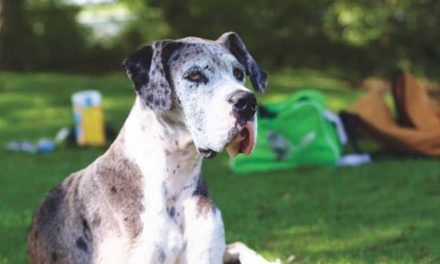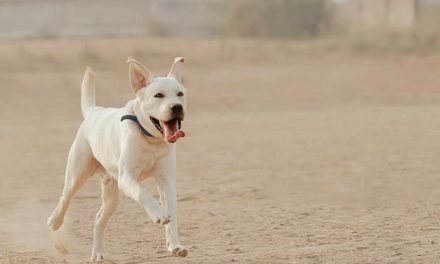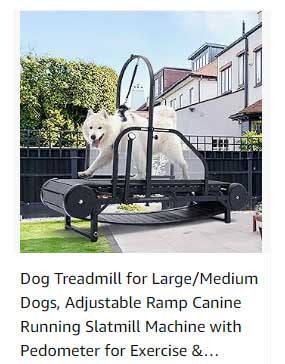Dogs have shared a unique bond with humans for thousands of years, playing various roles as companions, workers, and, importantly, athletes.
From dog racing to agility competitions, the role of dogs in sports has evolved dramatically over generations.
This article explores the history, significance, and various forms of dog sports.
Historical Context
Historically, dogs were bred for specific purposes, such as hunting, herding, or guarding.
This functional breeding laid the foundation for what would become sports involving dogs.
Ancient civilizations saw dogs involved in competitions, with the Greeks and Romans showcasing hounds in races and hunting trials.
However, it wasn’t until the late 19th and early 20th centuries that organized dog sports began to take shape.
Dog Racing
One of the most recognized forms of dog sport is dog racing, particularly greyhound racing.
Originating in the 19th century, it gained immense popularity in the UK and later in the United States.
Greyhounds, known for their speed and agility, are trained to race on oval tracks, often in competitive environments that captivate audiences.
While greyhound racing is celebrated for its thrilling nature, it has also faced scrutiny regarding the welfare of the dogs involved.
Advocates highlight the importance of humane treatment, rehabilitation of retired racing dogs, and the need for ethical practices within the industry.
Recently, some jurisdictions have moved to ban greyhound racing, sparking debates about the future of the sport.
Agility and Obedience Competitions
As society’s perspectives on animal welfare evolved, so did dog sports.
Agility competitions emerged as a popular and fun way to showcase a dog’s athleticism and the bond between handler and dog.
In agility, dogs navigate a timed obstacle course, demonstrating speed, precision, and training.
Organizations like the American Kennel Club (AKC) and The Kennel Club in the UK have established rules and championships to promote the sport.
Obedience competitions have also gained traction, focusing on a dog’s ability to follow commands and perform tasks.
These events highlight the intelligence and versatility of dogs, further strengthening the human-animal bond.
The Rise of Canine Sports
In recent years, canine sports have diversified to include a variety of activities such as flyball, dock diving, herding trials, and scent work.
Flyball, a relay race between teams of dogs, captures the excitement of both the participants and the audience.
Dock diving involves dogs jumping off a dock into water, competing for distance or height.
These sports reflect the playfulness and energetic nature of dogs, providing an outlet for their physical and mental stimulation.
Scent work is another burgeoning discipline, allowing dogs to showcase their incredible olfactory abilities.
Requiring teamwork and patience, scent work fosters a deeper relationship between handler and dog, mirroring the historical roles dogs played in search and rescue.
The Impact of Technology and Training
The evolution of training methods and technology has significantly impacted dog sports.
Positive reinforcement techniques, which focus on rewarding desired behaviors, have replaced harsher methods of training, resulting in happier, healthier dogs.
Additionally, advancements in technology have made training more efficient, with tools like clickers, apps, and online courses enabling owners to effectively communicate with their dogs.
Conclusion
Dogs have proven themselves as athletes throughout history, participating in various sports that highlight their skills, intelligence, and companionship.
As cultural attitudes towards animal welfare continue to evolve, so too do the sports that celebrate the unique abilities of dogs.
From the adrenaline of dog racing to the teamwork displayed in agility and obedience competitions, these activities not only entertain but also enhance the bond between humans and their canine companions.
As we look to the future, it is essential to promote responsible practices in dog sports, ensuring the well-being of our beloved athletes.
As long as there are dogs and humans, the spirit of competition and camaraderie will endure, driving us to celebrate the incredible capabilities of our four-legged friends.









